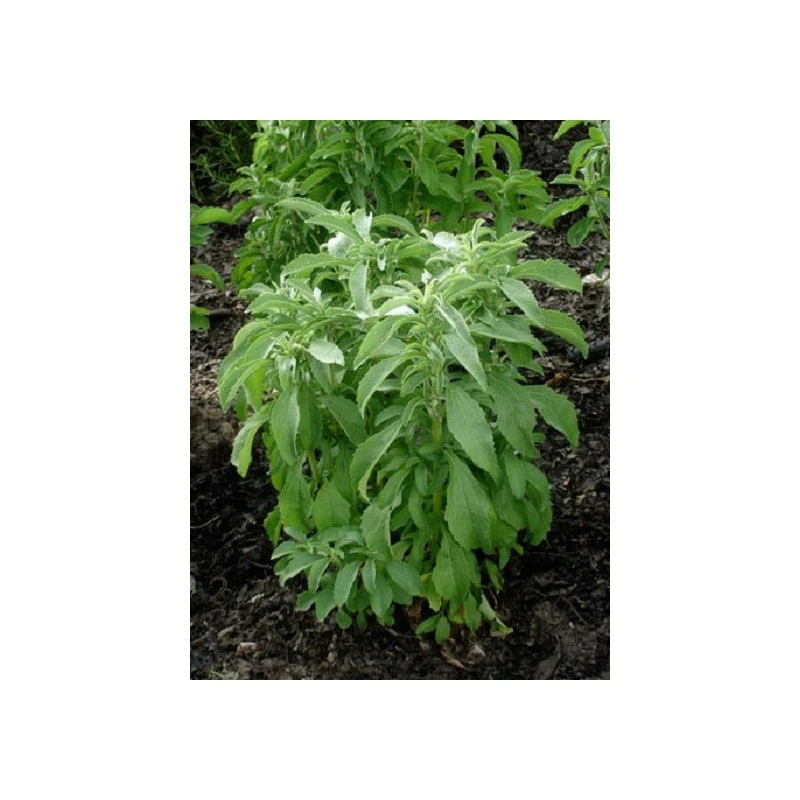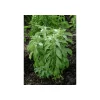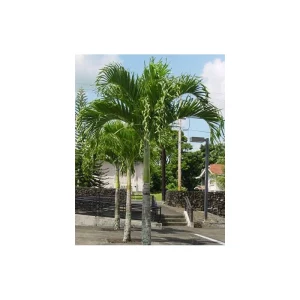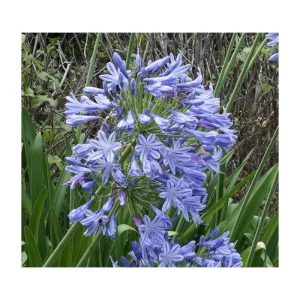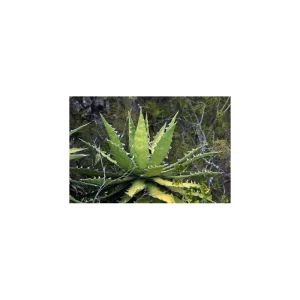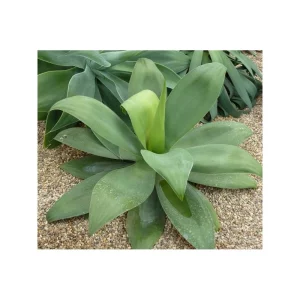Features:
Common name: Water hemp
Family: Asteraceae
Origin: South and Central America
Height at maturity: 40 to 60 centimeters
Hardiness: -20°C
Exposure: sunny
Plant type:
Vegetation: perennial
Foliage: evergreen
Flowering: summer
Flower color: white
Soil type: poor
Watering: little
Use:
Diseases and Pests:-
Toxicity: –
Storage of seeds: 2 years in a dry place away from light at 3/4°C (refrigerator)
Description:
The plant reaches 40-60 cm, sometimes up to 1 m in height, and blooms in August-September. It is now cultivated in Argentina, Brazil, Uruguay, Central America, the United States and Canada in southern Ontario, China, Korea, Japan, Thailand, Israel, England…
Its weak semi-woody stems bear opposite leaves, the small white flowers appear on indefinite heads. It is self-sterile and its pollen can be allergenic, the seeds are small and are dispersed by the wind in nature thanks to their fluffy pappus.
It thrives in full sun, in relatively poor soils, but fears drought, with roots growing close to the surface. Practice light watering every 2 or 3 days and mulch around the plants. It grows both in the ground and in pots. The leaves are rather to be harvested in autumn because the concentration of stevioside (sweetening agent) is higher.
Stevia rebaudiana also called “water hemp” or simply “stevia” is part of the Asteraceae family. This species contains natural intense sweeteners. Originally from the tropical regions of South America and Central America (northern Mexico), this plant grows wild in prairies or mountain ranges, in a semi-arid climate.
Stevia has been cultivated as a sweetener since pre-Columbian times by the Guaraní. It is now grown and used on a large scale in many countries in South America and the Far East. It accounts for a significant portion of sweeteners consumed in Japan and Australia. Extracts of the plant were not authorized until August 2008 in Switzerland and December 2008 in the United States. On 14 April 2010, the European Food Safety Authority in turn issued a favorable opinion on the use of various purified extracts of stevia, steviol glycosides (stevioside, dulcoside A, rubusoside, steviolbioside, rebaudioside A, B, C , D, E and F), as food additives[1], taking up the position of France where the use of rebaudioside A (sweetener purified at 97%) is provisionally authorized for a maximum period of 2 years since January 2010.
A distinction should be made between the plant, whose leaves can be dried and reduced to a coarse powder (generally brown in color), and the sweeteners derived from the plant (mainly steviols, steviosides and rebaudiosides) which are extracted by maceration in hydroalcoholic solutions, then purified, dried and presented in fine powder (usually white in color).
Intense sweeteners leave a sweet feeling that lasts longer than sucrose. Some may leave a slight licorice-like bitterness, especially at high concentrations, but this licorice aftertaste is only induced in stevia by the compound rebaudioside A. Their high sweetening power (up to 300 times that of sucrose) is attracting interest as an alternative to sugar and aspartame.
Intense sweeteners are mostly used in tea and coffee, where they replace sugar. They do not have the same properties as sugar and cannot replace it in many cake recipes.
The use of the powdered plant is not authorized for food use in the European Union in application of the regulations relating to novel foods.
